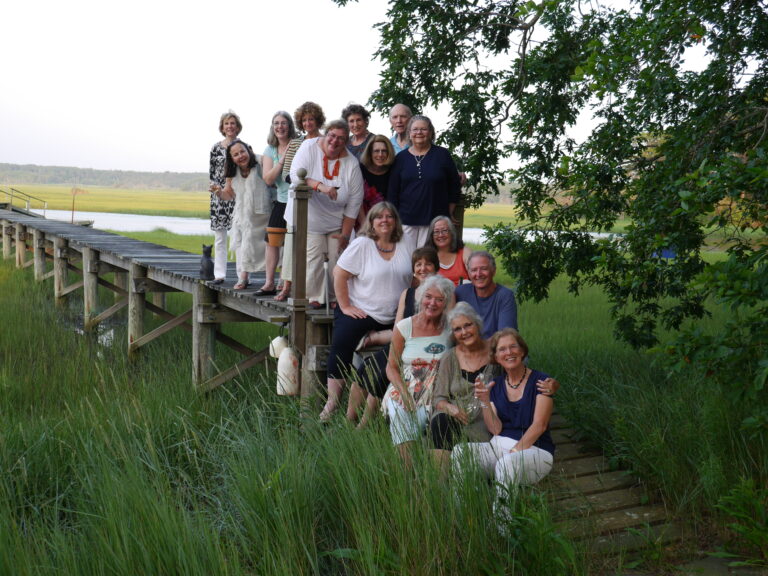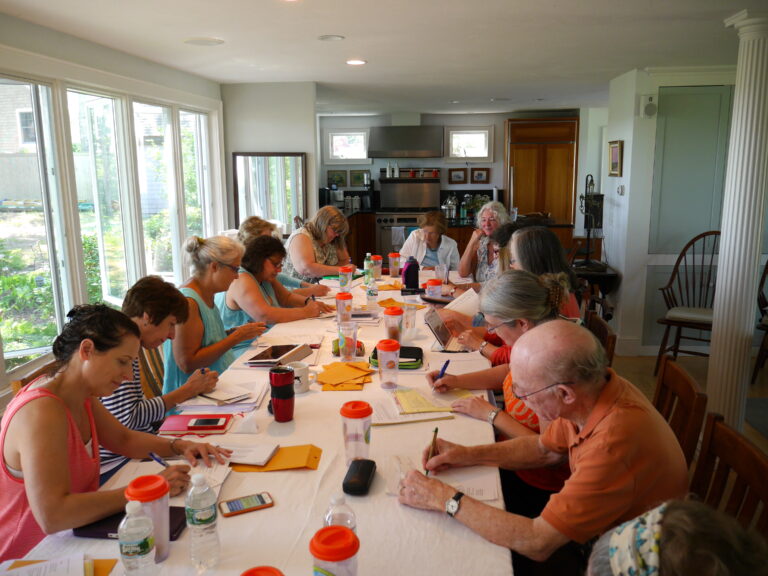Write from a Modern Psychoanalytic Perspective
New Directions is...
...a three-year postgraduate training program for psychologically-minded writers who want to develop a richer understanding of modern psychoanalytic perspectives and apply it to their own work. Our community of students, alumni, teachers, and guest faculty come together to explore selected aspects of the psychoanalytic domain.
A variety of program components and events support this effort:
New Directions hosts three weekend conferences a year, each of which looks critically at the emerging ideas in developing areas of contemporary interest, training our participants to become rigorous psychoanalytic thinkers. Each weekend is lead by a faculty of local and national teachers who are expert in the relevant fields. All conferences include an interactive writing workshop event, large lectures, and small group meetings focused on the participants’ writing. Each weekend offers approximately eighteen hours of continuing education credit.
New Directions hosts an optional week-long retreat at a vacation site each summer and winter. During the day, participants work independently on their writing projects. Followed by half-day sessions composed of a two-hour writing workshop and two-hour small group discussion of ongoing writing projects. Each participant meets individually for consultation with two writers and two analysts. Our summer retreats have been held in Stowe, Vermont; Cape Cod; and most recently, Whidbey Island, Washington.
New Directions Writing Workshops are optional one day events lead by experienced writers with an exciting variety of conceptual and crafting skills to teach. Writers come together in-person and remotely to develop and hone their craft. Accomplished novelists, poets, essayists, and memoirists inspire participants in such topics as, generating ideas, creating character, writing humor, revision and publication.
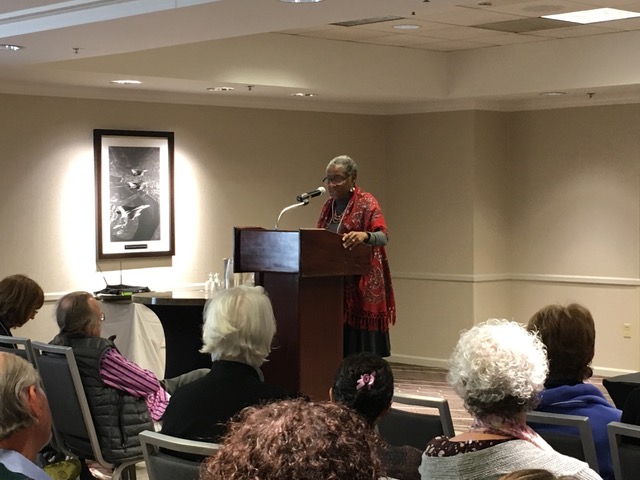
New Directions hosts three weekend conferences a year, each of which looks critically at the emerging ideas in developing areas of contemporary interest, training our participants to become rigorous psychoanalytic thinkers. Each weekend is lead by a faculty of local and national teachers who are experts in the relevant fields. All conferences include an interactive writing workshop event, large lectures, and small group meetings focused on the participants’ writing. Each weekend offers approximately eighteen hours of continuing education credit.
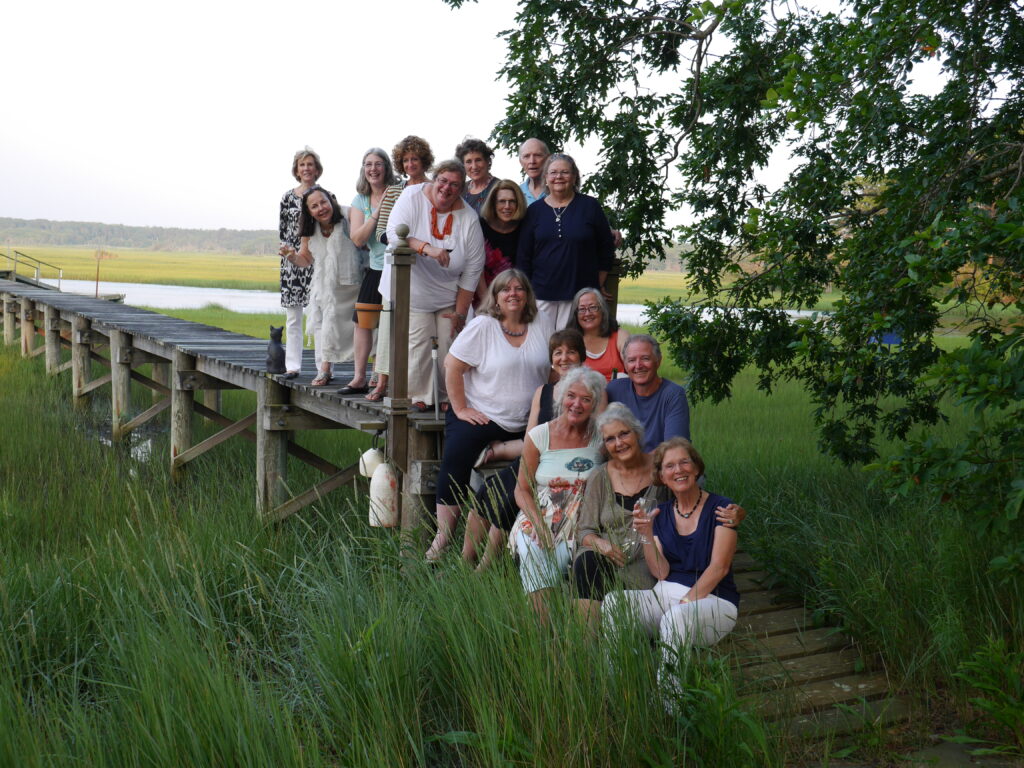
New Directions offers an optional week-long retreat at a vacation site each summer and winter. During the day, participants work independently on their writing projects. Followed by half-day sessions composed of a two-hour writing workshop and two-hour small group discussion of ongoing writing projects. Each participant meets individually for consultation with two writers and two analysts. Our summer retreats have been held in Stowe, Vermont; Cape Cod; and most recently, Whidbey Island, Washington.
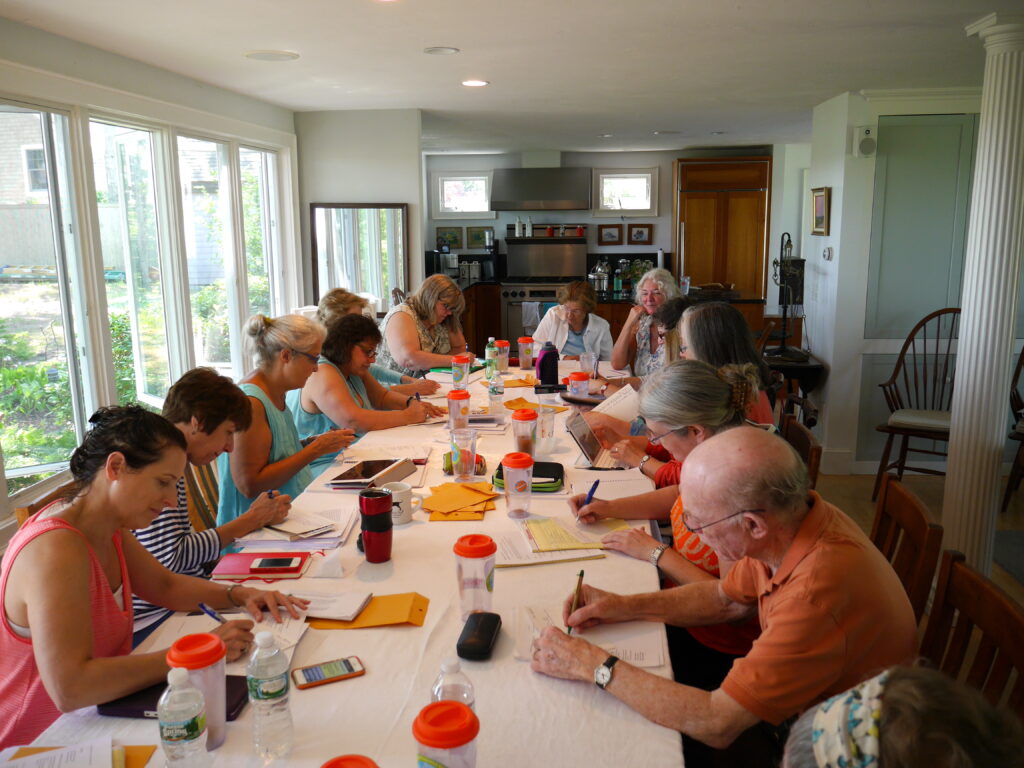
New Directions Writing Workshops are optional one day events lead by experienced writers with an exciting variety of literary skills to teach. Writers come together in-person and remotely to develop and hone their craft. Accomplished novelists, poets, essayists, and memoirists inspire participants in such topics as, generating ideas, creating character, writing humor, revision and publication.
For 25 years, the New Directions program has helped therapists, analysts, and anyone with a psychoanalytic bent improve their writing, whether for publication or personal use. Each year New Directions offers three annual weekend conferences, optional summer and winter retreats, and a variety of optional workshops for the public.
About Our Students:
Our students range in age from their thirties to their eighties, they come with a variety of perspectives, and, given the program’s design, they are able to come from all over the continent and even from overseas. Some of our students are extensively published and others are inexperienced, they are all invested in developing their authorial skills. While some are pursuing professional writing, several are interested in the crafting of essay, memoir, fiction, and poetry.
Previous Conferences
Featured Speakers
Therapists
- Salman Akhtar
- Galit Atlas
- Rosemary Balsam
- Sandra Buechler
- Marilyn Charles
- Judy Chused
- Ken Corbett
- Peter Fonagy
- Jay Greenberg
- Forrest Hamer
- Adrienne Harris
- Gurmeet S. Kanwal
- Deborah Luepnitz
- Nancy McWilliams
- Don Moss
- Warren Poland
- Stephen Seligman
- Mary Target
Writers
- Jill Bialosky
- Amy Bloom
- Maud Casey
- Michael Cunningham
- Susan Muaddi Darraj
- Mark Doty
- Marie Howe
- Beth Kephart
- Matthew Klam
- Alice McDermott
- Zakes Mda
- Dinty Moore
- Howard Norman
- Ruth Ozeki
- Linda Pastan
- Marion Roach
- Richard Russo
- Dani Shapiro
- Susan Shreve
FAQ
What does the New Direction Three-Year program cost?
The tuition for the New Directions Three-Year program varies slightly from year. To view all costs click here.
What if I can't make it to one of the weekend conferences while I am enrolled?
Students may miss up to two weekends during the course of the three years and shall be entitled to up to two free make-up weekends in the twelve months following their three years in the program. No extensions for make-up weekends beyond that are possible. Learn more…
Do I need to be enrolled in the three-year program to attend new Direction events?
We offer frequent Writing Workshops, which are open to all as long as enrollment is open. The Weekend Conferences and Seasonal Retreats are open to current Students and Alums; however applicants may choose to attend a single weekend on a trial basis and then decide whether they want to enroll. The trial weekend counts as the first of the nine weekends and applicants must pay the same tuition as enrolled students. Learn more…
What experience do I need to Qualify for the New directions Program?
The New Directions Program is open to all writers wanting to add a psychoanalytic perspective to their work. Learn more…
How do I apply to the new Directions three-Year Program?
Enrollment is through the Washington Baltimore Center for Psychoanalysis. There is a $100 non-refundable application fee. Please submit a current curriculum vitae by email to ConfManagement@aol.com.
The deadline for applying to the ND program is nine weeks prior to the first weekend you wish to attend. Apply
Why was I redirected to the Washington Baltimore center for Psychoanalysis' Website?
New Directions is offered through Washington Baltimore Center for Psychoanalysis, Inc, and we utilize the same members page. Check is out here.
What is New Directions' Code of Conduct?
At New Directions, our mission is to cultivate a vibrant and collaborative community of writers dedicated to enhancing their writing skills. While we embrace a psychoanalytic perspective in our writing, our groups are not intended as therapy or process groups and may not be treated as such. We are committed to supporting all learners and fostering a welcoming, inclusive environment.
As the culture within our groups impacts the experiences of our community members, students and faculty must uphold a culture of integrity, compassion, and respect. It is essential that differing viewpoints or ideas are presented in a way that is constructive and exemplifies respect, kindness, and curiosity.
We aim to create and maintain a safe and positive atmosphere for all as we pursue our mission. Harassment of any kind is not tolerated within the New Directions community.

